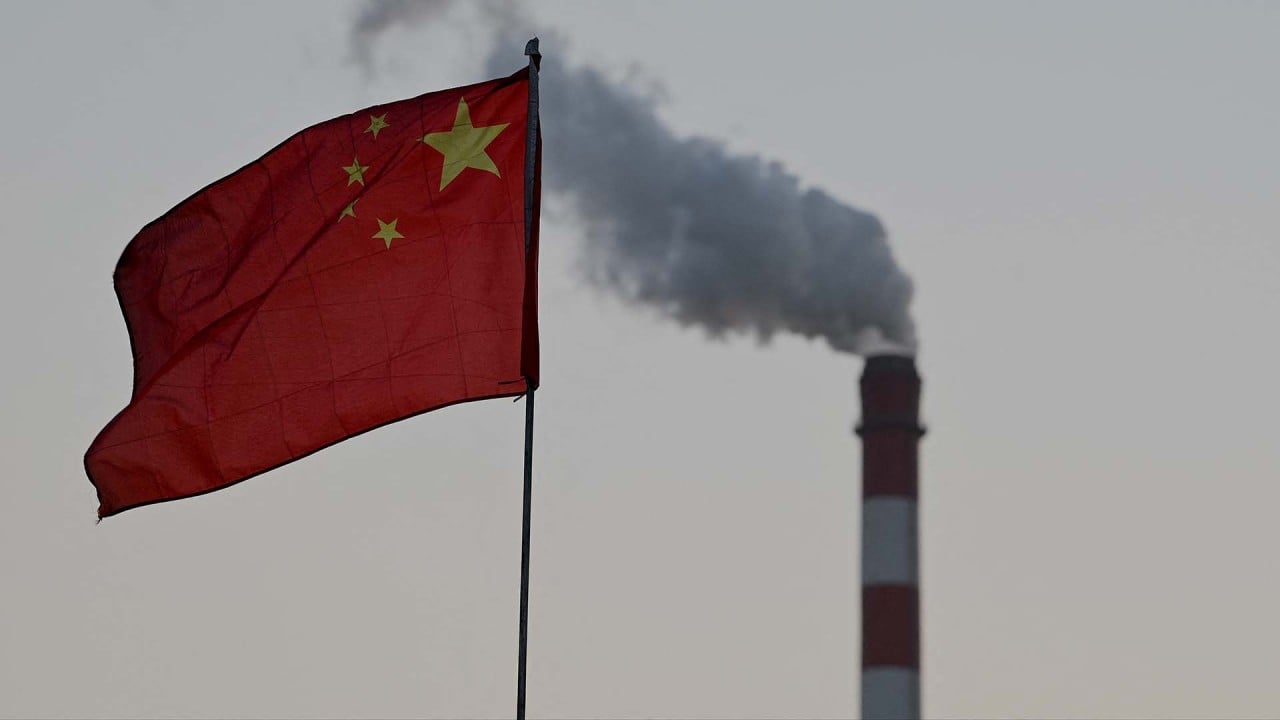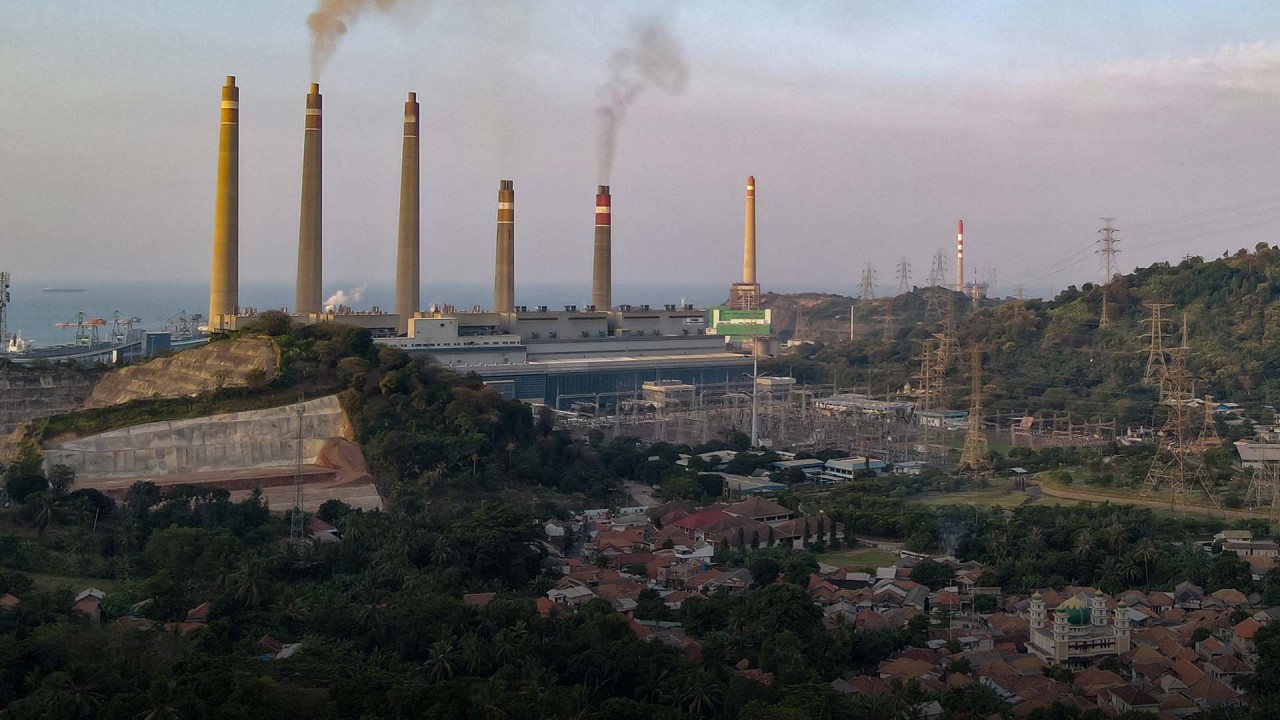
China faces uphill battle in coal transition, but ditching fossil fuel crucial to stave off climate change impact: IEA
- China accounts for over half of the 2,185 gigawatts global coal‐fired power capacity, according to the IEA
- Global coal demand has been stable at near record highs – averaging around 5,500 million tonnes per year for the past decade
The IEA called for immediate policy actions and rapid mobilisation of massive financing for clean energy alternatives to coal to ensure secure, affordable, and fair transitions, especially in emerging and developing economies.
“But while there is encouraging momentum towards expanding clean energy in many governments’ policy responses to the current energy crisis, a major unresolved problem is how to deal with the massive amount of existing coal assets worldwide.”
Global total coal‐fired power plant capacity stands at a little under 2,185 gigawatts and is made up of around 9,000 plants with an average age of 20 years per unit, according to the IEA. Around a quarter of this capacity is in advanced economies and the rest in emerging and developing nations. China alone accounts for over half of the global coal‐fired power capacity, which has an average age of only 13 years.
Despite recurrent narratives of imminent decline or renaissance, global coal demand has been stable at near record highs – averaging around 5,500 million tonnes per year for the past decade, the report found.
If nothing is done, existing coal plants would emit 330 gigatonnes (330 billion tonnes) of carbon dioxide from 2022 to 2100, more than the combined historical emissions from coal plants and two‐thirds of the remaining budget to limit warming to 1.5 degrees Celsius by 2050, according to the IEA.
Early and significant reductions in coal-related emissions are unavoidable for the global energy sector to reduce climate change impacts, the IEA noted. However, China and other developing and emerging economies are expected to face the most challenges in transitioning away from coal due to their high coal dependencies, the IEA added.
China currently accounts for over 55 per cent of global coal demand, with the country’s power sector alone responsible for one‐third of that demand. In addition, China is the largest coal producer, mining more than half of the global output, and is also the largest coal importer. China also produces more than half of the world’s steel and cement, and so also plays a dominant role in the use of coal in industry, according to the IEA.
While China has seen impressive deployment of clean energy technologies, coal still accounted for around 60 per cent of its energy supply in 2021.
China also accounts for over half of the global total of coal plants built since 1970 and more than 60 per cent in the past decade, the report noted.
Chinese President Xi Jinping announced last year that China will limit coal consumption growth by 2025 and then reduce it by 2030, and will work towards generating 80 per cent of its total energy from non-fossil fuel sources by 2060, the year it has targeted to achieve net-zero emissions.
However, for the world to achieve net-zero emissions by 2050, China’s annual coal emissions must fall to 60 million tonnes, a fraction of the country’s 8,400 million tonnes last year, according to the IEA.
Power shortages this summer, resulting from heatwaves and droughts in hydropower-reliant provinces, especially in southwestern Sichuan province, also led to concerns that China is considering “going back to coal”, the report added.
It Is important for China to retire its coal plants “slowly but surely”, Birol said at a press conference on Tuesday.
“Our numbers show that in the next 10 years, growth in Chinese renewable and nuclear electricity generation is higher than the Chinese electricity demand growth. So it means it can meet its growing electricity demand with only the clean electricity sources.”
Coal plants that are not retired should be used to secure power supply when there is a need, and should be kept idle otherwise, said Birol.
Globally, a massive scale-up of clean sources of power generation, accompanied by system-wide improvements in energy efficiency, is key to reducing coal use for power and reducing emissions from existing plants, the IEA said.




